Writing Teaching Resources
Teaching writing strategies and the writing process this school year? Explore a comprehensive collection of teacher resources for primary English teachers — all created by teachers!
Stocked with graphic organisers, writing prompts, templates, worksheets and so much more, this collection of printable and digital activities is designed to help you as you help your students become more effective communicators and unleash their creativity and imagination.
Save time on lesson planning with resources that are aligned with the Australian curriculum (including version 9!) and have been through a careful review process by an expert member of our teacher team to ensure they're ready for your classroom and your students!
Are you looking for tips and tricks to add to your teacher toolkit this school year? Read on for a primer from our teacher team, including engaging activities for teaching writing inprimary school and a look at some of the different writing strategies your students will need to learn.
11 Writing Strategies Kids Should Know by the End of Primary School
We can't talk about teaching kids to write without talking about the different writing strategies that can help them do just that!
When it comes to teaching our students to become confident writers who articulate their ideas effectively, here are some of the strategies our teacher team prioritises:
1. Brainstorming
Brainstorming is something we often do in the classroom, and it's a crucial part of learning to generate the ideas that will drive students' writing as they progress through their educational journey. Kids should know how to create a list of potential topics or points related to a particular writing assignment.
With younger students, this is often done as a whole group by writing ideas and points on chart paper. In upper years, students transition over to using text-based materials to generate ideas and talking points.
2. Outlining
Before diving directly into any assignment, our students should be able to create a structured framework or outline. Teaching students how to create this outline will help them organise their thoughts and arguments for penning their essays, reports and research papers.

3. Using Graphic Organisers
Technically graphic organisers are classroom tools, so you may not think of their use as a writing strategy per se. However, learning to use these tools is another means of providing kids with the tools they need to organize their ideas and information before they sit down to write.
These organisers are particularly useful for expository writing — students can use them to outline main ideas, supporting details, and transitions.
Students can also take advantage of story maps when they are working on narrative writing to plot the key elements of a story, such as characters, setting, conflict, rising action, climax and resolution.
Graphic organisers such as the OREO strategy and hamburger paragraph are also great tools for students to use when working with opinion and persuasive texts.
4. Freewriting
Writer's block is the enemy of creativity, and it can easily frustrate young students who don't know where to begin.
When students freewrite, they write continuously without worrying about grammar or punctuation. This writing strategy can be extremely freeing — hence the name! — and helps frustrated writers move past that writer's block, generating fresh ideas.

5. Peer Editing
Learning to review and provide constructive feedback on each other's work is a great writing strategy to employ in your classroom to help students improve their writing quality and enhance their editing skills.
The strategy allows your students to learn from one another, and it arms them with an important tool they can use well into the future — calling on peers to provide a critical eye to a piece of writing.
6. Using Sensory Language
Working on descriptive writing? With this writing strategy, students engage the reader's senses through vivid and sensory language to create a more immersive experience.
7. Including Transitions and Connectives
As students become more proficient in the writing process, learning to use transitional words and phrases allows them to create smooth transitions between sentences and paragraphs. This strategy makes their writing more coherent and polished.
8. Incorporating Evidence
In persuasive, opinion and expository writing, students are taught to support their claims with evidence and examples to strengthen their arguments.
It takes some practice to train your students to use evidence in their writing, so it's often a good idea to start with something simple, like the R.A.C.E.S. strategy.
9. Crafting a Thesis Statement
In expository, opinion and persuasive writing, crafting clear and concise thesis statements that summarise the main point or argument of their essay helps students be more focused and organised in their writing.
This strategy can also have the effect of empowering students to express their ideas confidently and persuasively.
10. Incorporating Introductions and Conclusions
With this strategy, students practice crafting effective introductions and conclusions that grab the reader's attention and leave a lasting impression.
11. Following a Revision Checklist
Teaching your students to use a revision checklist is a strategy that will help them be more self-reflective, evaluating their own writing against the checklist criteria and becoming more aware of their strengths and weaknesses.

- Plus Plan
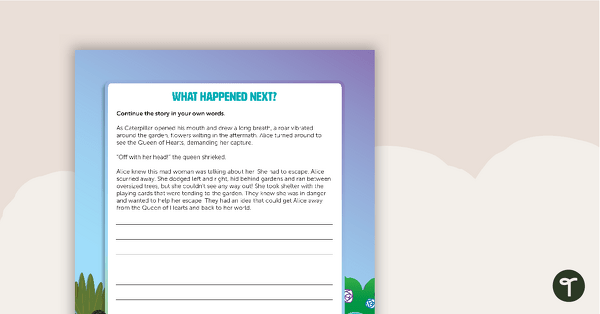
What Happened Next? Alice in Wonderland Writing Template
Finish the Alice in Wonderland story in your own words.
- Plus Plan
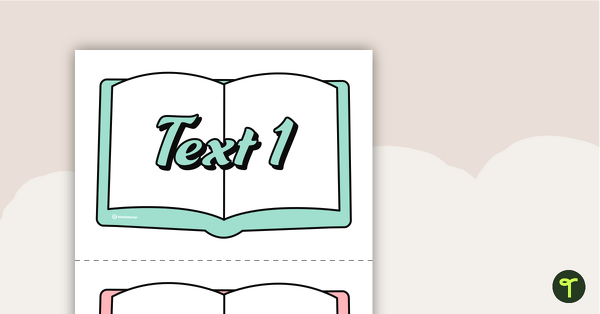
Narrative Writing Bump It Up Wall – Year 4
A visual display for your classroom to help students ‘bump up’ their narrative writing.
- Free Plan
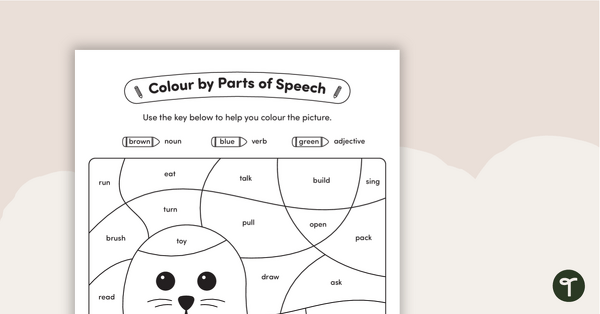
Colour by Parts of Speech - Nouns, Verbs & Adjectives - Seal
Review parts of speech by colouring nouns, verbs and adjectives on the seal.
- Plus Plan
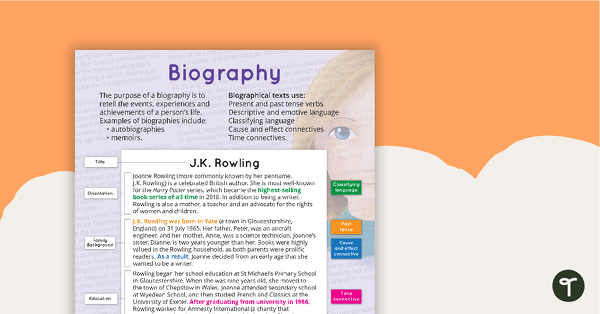
Biography Text Type Poster With Annotations
A poster about the biography text type, including an annotated example.
- Plus Plan
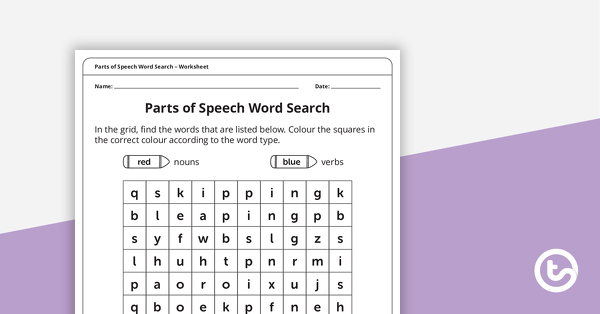
Parts of Speech Word Search (Nouns and Verbs) – Worksheet
A word search where students find and categorise nouns and verbs.
- Plus Plan
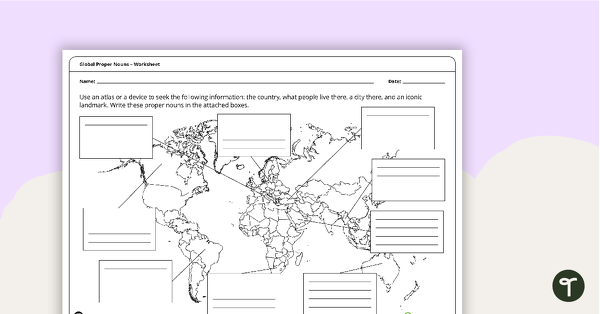
Global Proper Nouns - Worksheet
A mapping activity that prompts students to use their grammar knowledge of proper nouns.
- Plus Plan
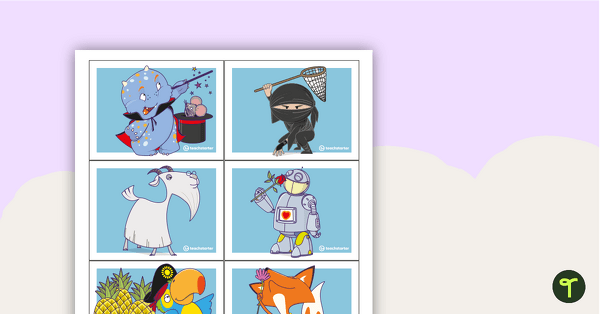
Alphabet Characters Story Generator Cards
A set of cards using alphabet-related image prompts for writing.
- Plus Plan
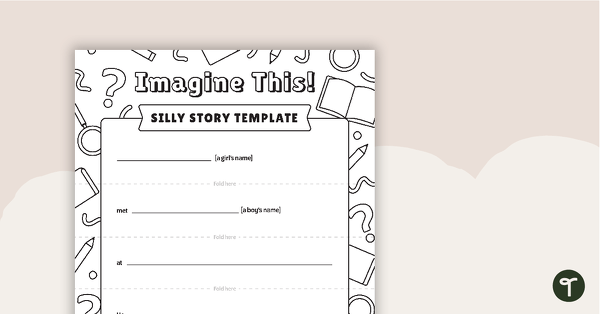
Imagine This! Silly Story Template
A template to use as a fun writing activity.
- Plus Plan
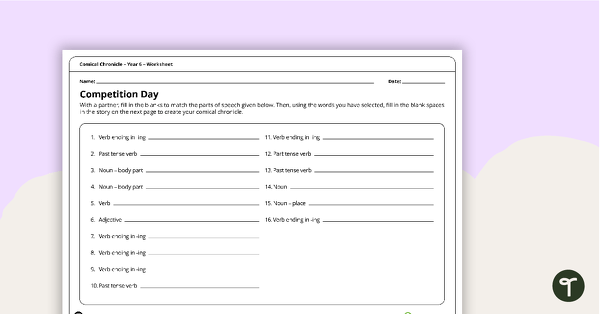
Comical Chronicle Worksheets - Year 6
A set of 9 ad-lib style stories for students to complete.
- Plus Plan
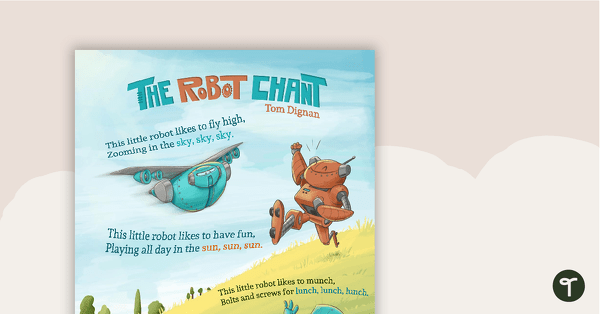
The Robot Chant – Comprehension Worksheet
A comprehension worksheet accompanying a rhyming chant about robots.
- Plus Plan
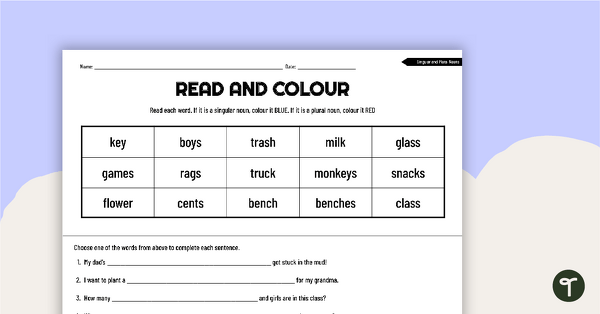
Read and Colour Worksheet – Singular and Plural Nouns
A worksheet to practise identifying singular and plural nouns.
- Plus Plan
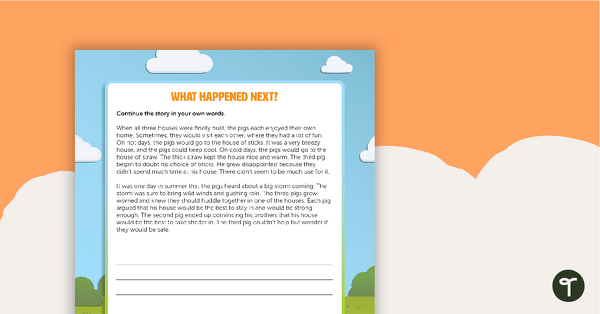
What Happened Next? The Three Little Pigs Writing Template
Finish The Three Little Pigs story in your own words.
- Plus Plan

What Happened Next? Cinderella Writing Template
Finish the Cinderella story in your own words.
- Plus Plan

Explanation Text Writing Task – How Does a Plane Fly?
A scaffolded writing task for students to complete when learning about the explanation text type.
- Free Plan

Label These Sentences! – Worksheet
A worksheet that requires students to label the parts of speech in sentences.
- Plus Plan
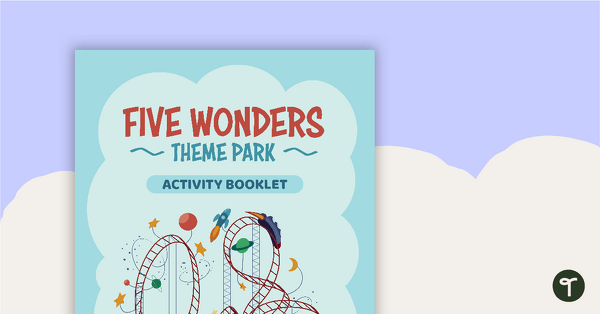
Five Wonders Theme Park: Replace and Upgrade – Project
A project where students get to decide on a new ride they can design to put into Five Wonders Theme Park.
- Plus Plan

Open and Closed Questions – Worksheet
A worksheet for students to demonstrate their knowledge of open and closed questions.
- Plus Plan
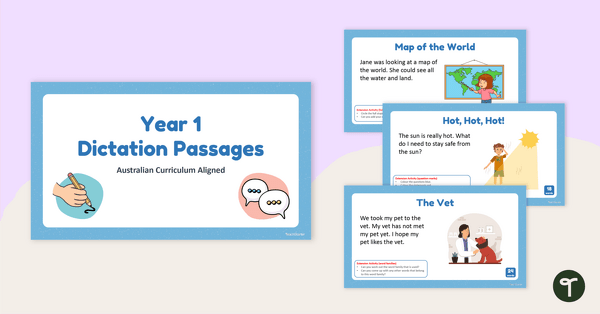
Year 1 Dictation Passages PowerPoint
Use this set of Year 1 dictation passages to promote listening and transcription skills in your students.
- Plus Plan
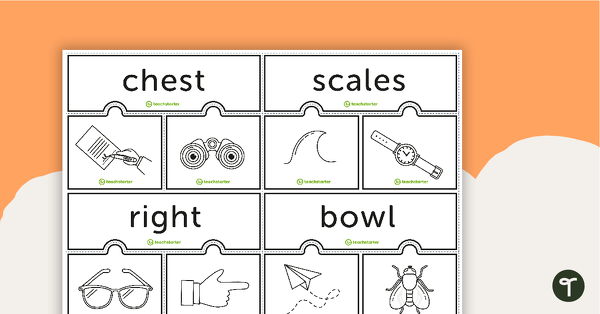
Multiple Meaning Match-Up Cards (Black and White Version)
16 match-up puzzles to use in the classroom when identifying homonyms.
- Plus Plan
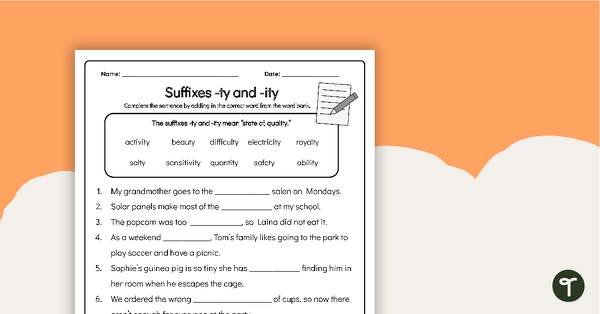
-Ty and -Ity Suffixes Worksheet
Practise using the suffixes -ty and -ity with a printable suffix worksheet.
- Plus Plan
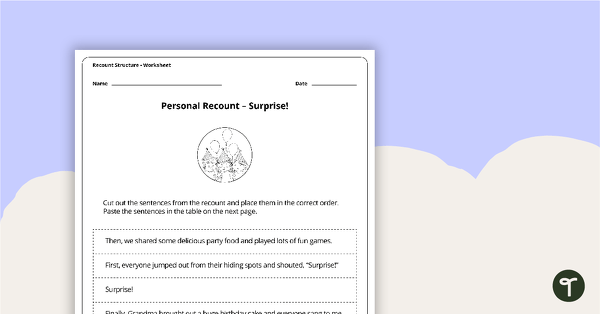
Personal Recount Sequencing Activity - Surprise!
A worksheet to use in the classroom when learning the sequence of a personal recount.
- Plus Plan
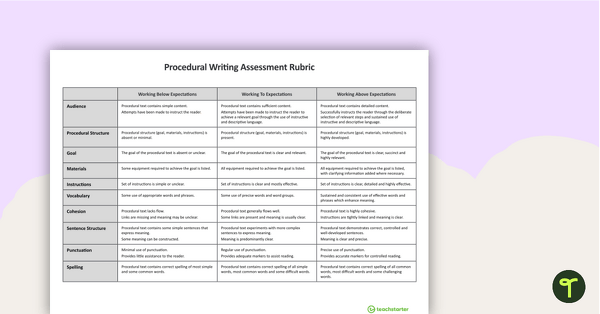
NAPLAN-Style Assessment Rubric - Procedural Writing
A NAPLAN-style rubric designed to help teachers to assess students' procedural writing.
- Free Plan
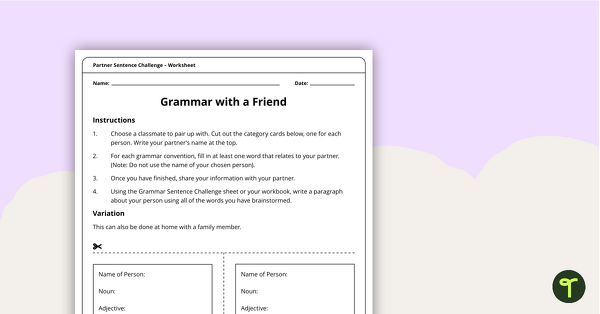
Partner Sentence Challenge Worksheet
A teaching resource to help students consolidate the students’ knowledge of grammar and brainstorm vocabulary for writing.
- Plus Plan
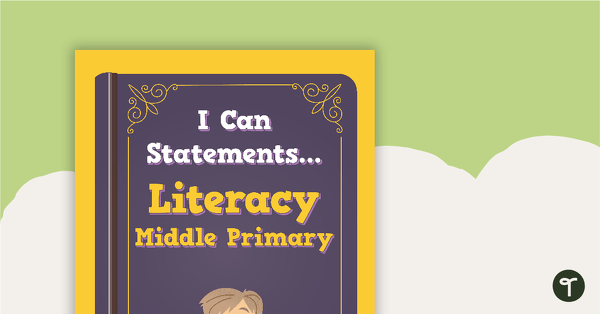
'I Can' Statements - Literacy (Middle Primary)
A set of 103 'I can' statement cards focusing on literacy for middle primary.
- Plus Plan
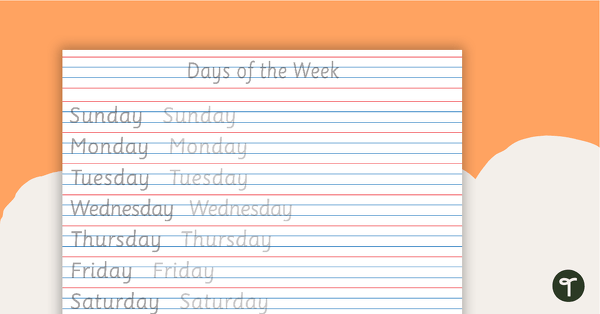
Handwriting Sheet - Days of the Week
A handwriting sheets for the days of the week.
- Plus Plan
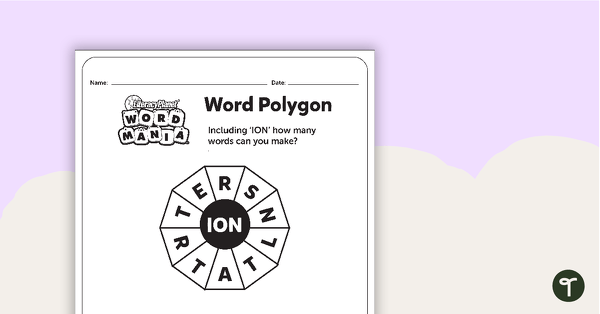
Word Polygon Worksheets - Levels 4, 5 and 6
4 word polygon worksheets.
- Plus Plan
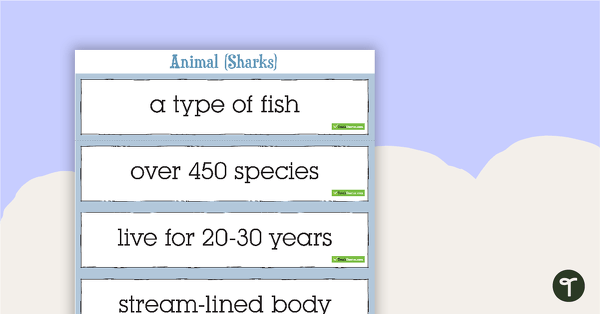
Fact File Sorting Activity
Use this fact sorting activity to teach your students about informative writing.
- Plus Plan
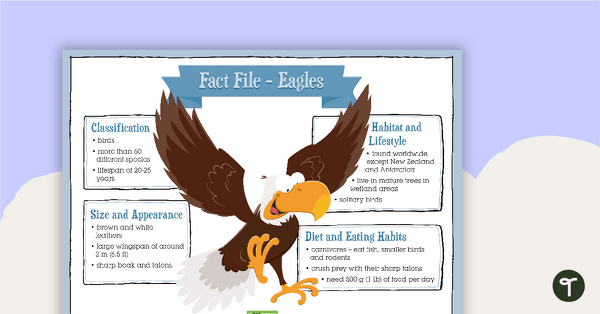
Eagles Fact File and Report Writing Scaffold
Support your students in writing an information report about eagles with this fact file and writing scaffold.
- Plus Plan
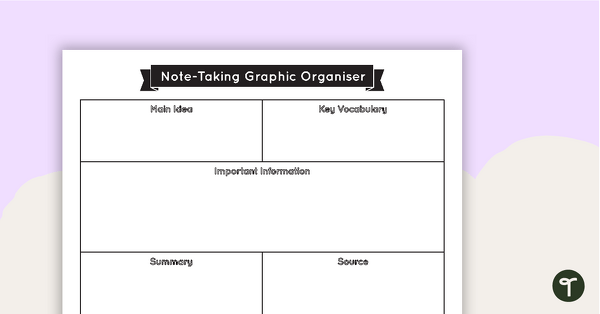
Note Taking Graphic Organiser
A graphic organiser for students to use when recording research notes.
- Plus Plan
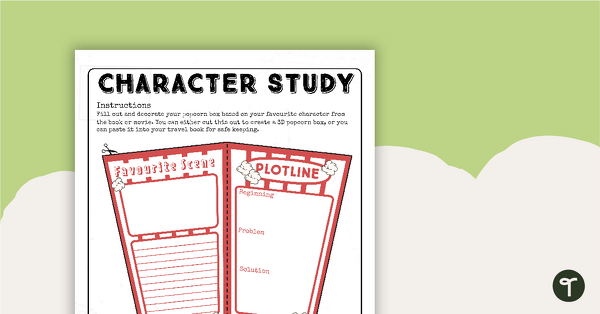
Movie Character Study 3D Popcorn Box Template
A movie review activity that students can make into their own 3D popcorn box.
- Plus Plan

Information Report Fact Files and Scaffolding Sheet
Use this set of 5 fact files and information report scaffold sheet to support your students in writing a detailed and well-structured information report.
- Plus Plan
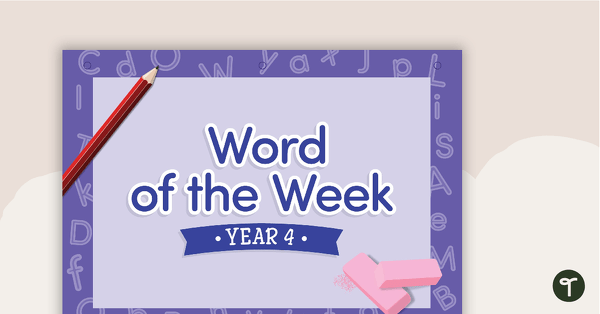
Word of the Week Flip Book - Year 4
A 43 page flip book for introducing new vocabulary to year 4 students.
- Writing Worksheets
- Writing Templates
- Writing Games
- Writing Posters
- Writing Teaching Presentations
- Writing Labels, Signs & Decorations
- Writing Word Walls
- Writing Projects
- Writing for Preschool/Kindergarten
- Writing for Foundation Year
- Writing for Year 1
- Writing for Year 2
- Writing for Year 3
- Writing for Year 4
- Writing for Year 5
- Writing for Year 6
- Writing for Year 7